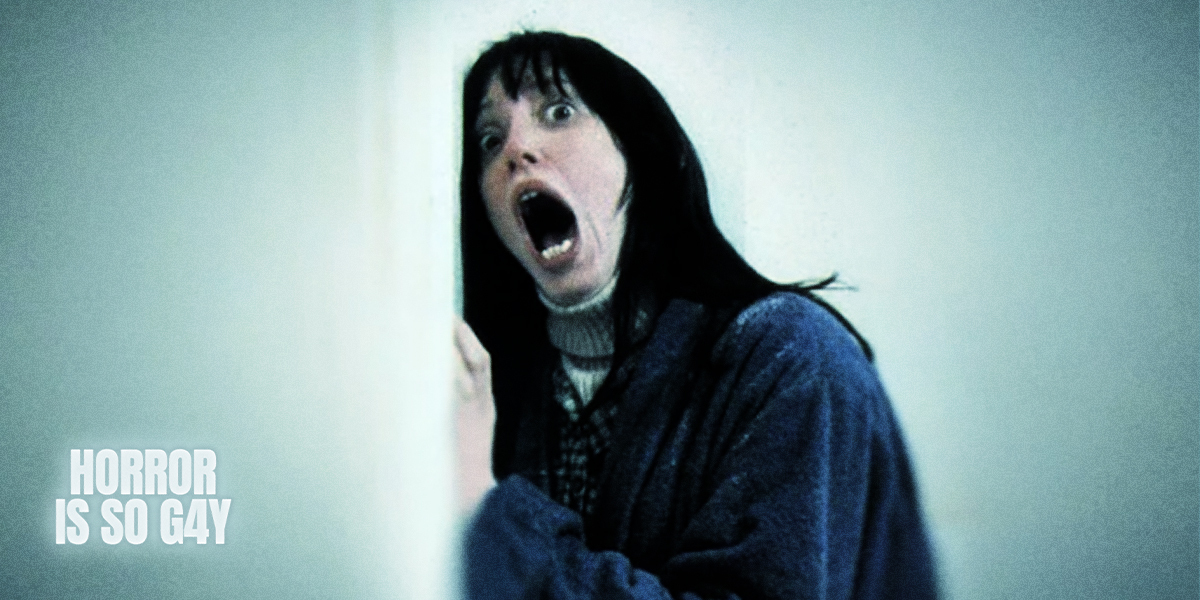Welcome to Anatomy of a Queer Sex Scene, a series by Drew Burnett Gregory and Kayla Kumari Upadhyaya about queer sex scenes in film. Today, Drew analyzes Barbara Hammer’s classic Dyketactics.
Barbara Hammer: Dyketactics was the first, as far as we know, lesbian lovemaking film and I made it because touching a woman’s body similar to my own increased my sense of touch in a way that I hadn’t experienced as a heterosexual. So I began to put touch on the screen, connecting eyes, sight, perception and physical touch.
Another Gaze Magazine: Can you talk more about this relationship to touch? Was it grounded in any sort of theory?
Barbara Hammer: Well, I started trying to study the sense of touch and found that really it wasn’t scientifically studied. I only found one book by Ashley Montagu on touching and as I read it, it confirmed my experience. In the brain, the largest area connected to the senses is the area of touch. We know space through movement, through moving. The amount of nerve endings in our opposable thumbs is almost equal to the clitoris. These are our areas of knowing the world, and they are connected directly to sight. Why? Because, as infants we do not focus until two months, but we touch immediately. We have to find our mother’s breast. So our sense of touch is more highly developed upon birth than any of the other senses that we have. I think this is extraordinarily important and is still neglected. I hope that when people see my cinema they feel their bodies and they find the connection.
The two halves of Barbara Hammer’s Dyketactics are equally sensual. The first two minutes capture a group of women frolicking through a field, superimposed images of fruit and bodies over wide pastoral images. The second two minutes are more direct. Two women — including Hammer — have sex. The camera spins around, alternately close and closer, abstracting the bodies, allowing us to see them in new ways and to feel the rush of sexuality.
Hammer made this film as a 30 year old film student. It’s one of the most influential and important works of both experimental film and lesbian film. Even after a lifetime of remarkable, ground-breaking work, it remains her most famous and just this week was voted 48th on our list of The 100 Best Lesbian Movies of All Time.
As someone who wanted to make movies before I wanted to be a lesbian, and made my first movie before I had my first lesbian sex, I find Hammer’s approach to cinema as exciting as her subject matter. Many times over the years I’ve bemoaned filmmaking as a calling due to its cost. Every art form has its challenges, but movies feel uniquely prohibitive. That is if we limit our understanding of filmmaking like many straight people limit their understanding of sex.
There is an immense understanding of cinema within the short runtime of Dyketactics. But it’s an understanding that requires few resources. Like all of Hammers’ early films — shot either on 16mm or Super 8 — it required only a small amount of people and a small amount of equipment.
How can two women have sex? How can someone make cinema without money and power? These are intellectual questions. They are questions of expectation and the expected. When two women touch, this all goes away. Lesbian sex — in all its many definitions — can be endless invention driven by pure desire. Why can’t cinema be the same?
I’ll stop the metaphor there — although I’m tempted to go further with the point that lesbians do deserve institutional backing just like they deserve expensive sex toys — because the point, to me, is to refuse the intellectual exercise of sex and filmmaking. Touch your partner or partners, touch cameras and film stocks and the device you use to edit. Follow instinct. Use what you have. Communicate desire with lovers and collaborators, but don’t get lost in the how.
To me, Dyketactics is sex and Dyketactics is cinema. It’s a reminder of our place within both. It’s a reminder that we can define both.
Maybe the most important shot of the film is Hammer pointing a camera down at herself.







